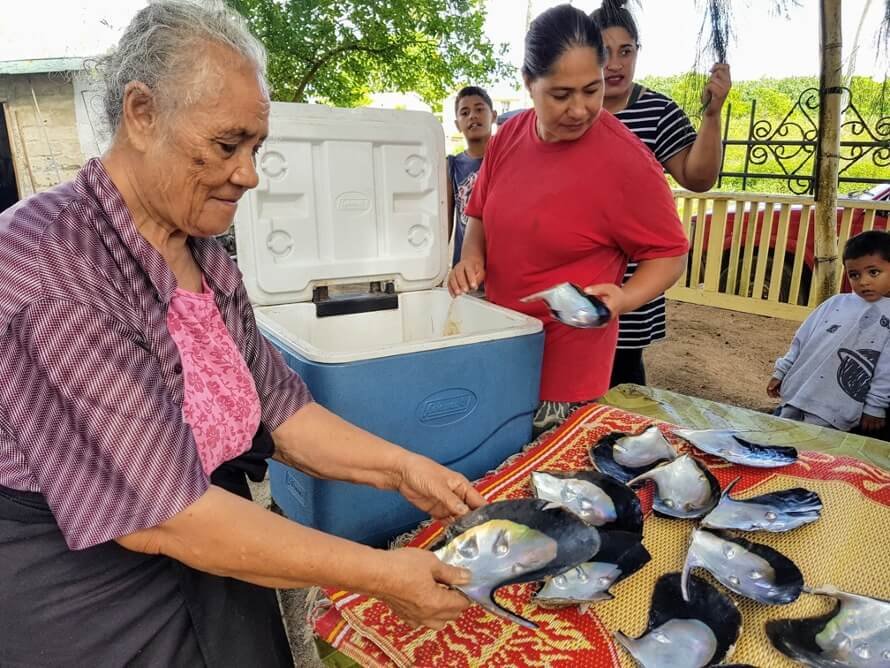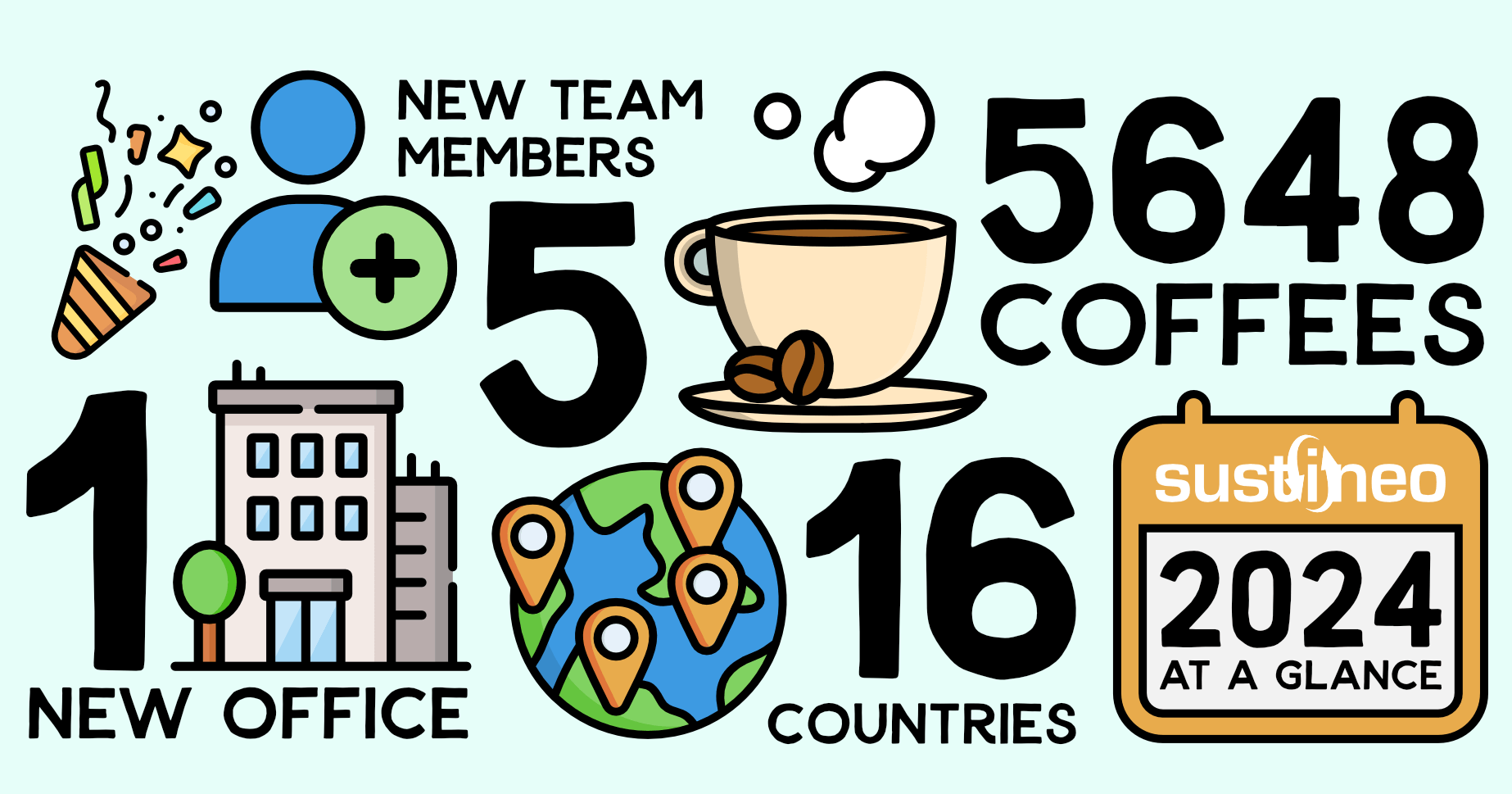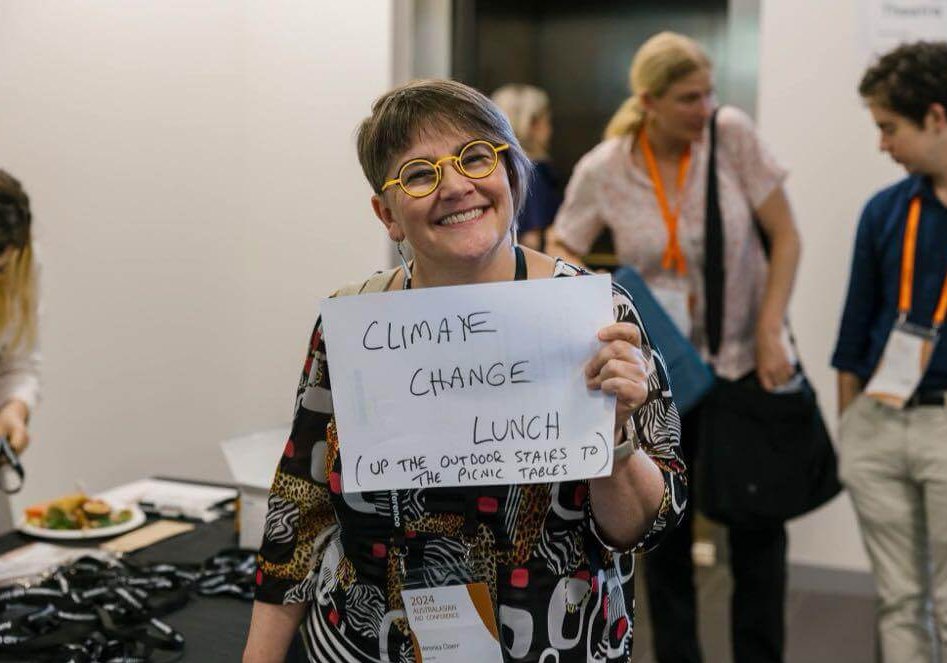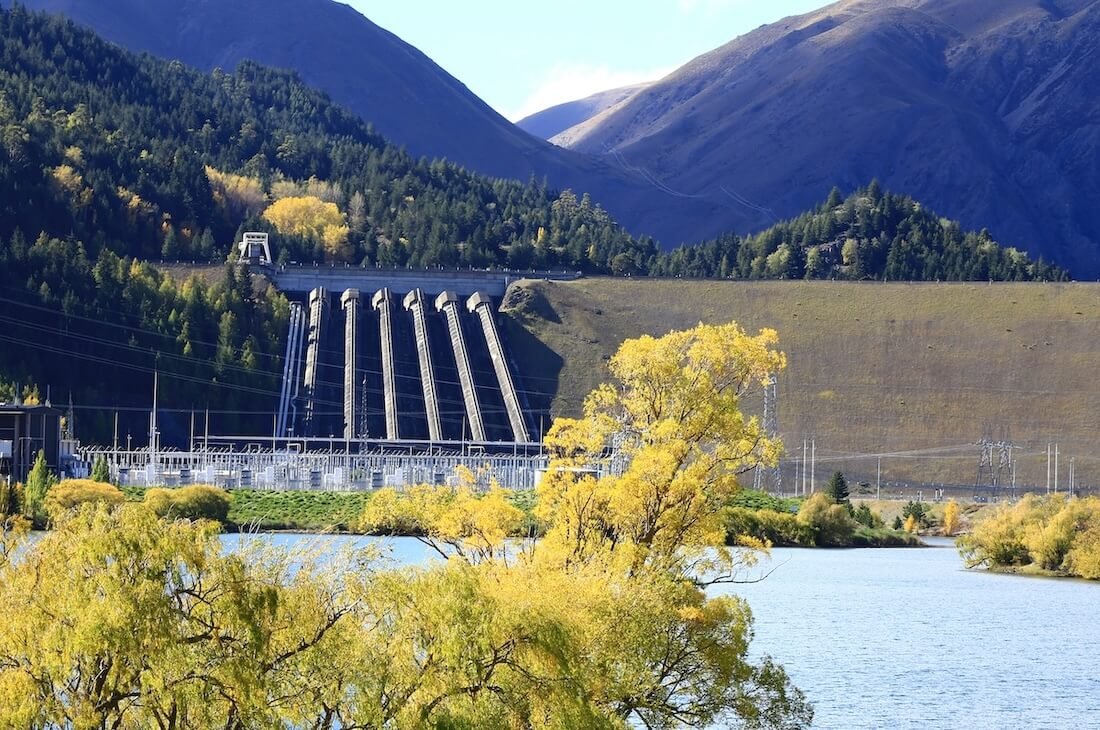It’s always rewarding to see our research published in peer-reviewed journals. Recently, Sustineo’s Katja Mikhailovich, Ellis Mackenzie, and Douglas Smith had their research on half-pearl aquaculture and handicrafts in Tonga and Fiji published in the journal of Development in Practice.
The open access article, titled Enhancing coastal livelihoods through half-pearl aquaculture and handicrafts in Tonga and Fiji, explores the impact of the emerging half-pearl (mabé) and handicraft industry for rural livelihoods in the Pacific. The team found that this aquaculture industry provides a variety of socio-economic benefits to individuals and groups. While mabé aquaculture and the production of handicrafts in Fiji and Tonga is currently limited by market constraints and is reliant on government and donor support, women and men can earn supplementary incomes that are important for supporting diverse rural livelihoods in a manner that is culturally compatible and rewarding. Importantly, there are intangible social and cultural benefits, which are especially significant for women as many women began to think differently about themselves, their capabilities, and their aspirations for the future, building confidence to achieve their goals.
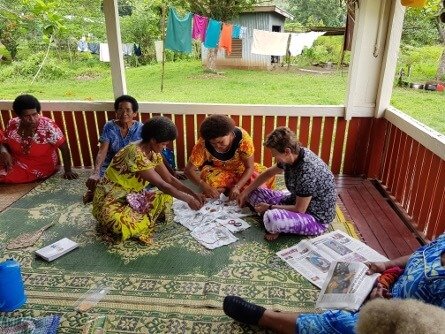
This article draws from the findings of an Australian Centre for International Agricultural Research (ACIAR) evaluation that Sustineo conducted between 2018 and 2020. We were engaged to monitor and evaluate the socio-economic impacts of two ACIAR projects. This involved three trips to Fiji and Tonga to meet with researchers, Ministry of Fisheries staff, women and youth groups, and individual farmers engaged in mabé pearl farming and handicrafts. The iterative nature of these visits enabled Sustineo to monitor progress and to explore the diverse range of stakeholders involved in, and benefitting from, the emergent industry.
This project has been incredibly rewarding to be a part of and we are grateful for the emphasis that ACIAR puts on producing academic publications from these types of projects to increase their reach.
The article is open access and now available to read in full through Development in Practice.
For any further questions about the article or our research on mabé pearl aquaculture and handicrafts in the Pacific, you can email Ellis directly: ellis.mackenzie@sustineo.com.au
